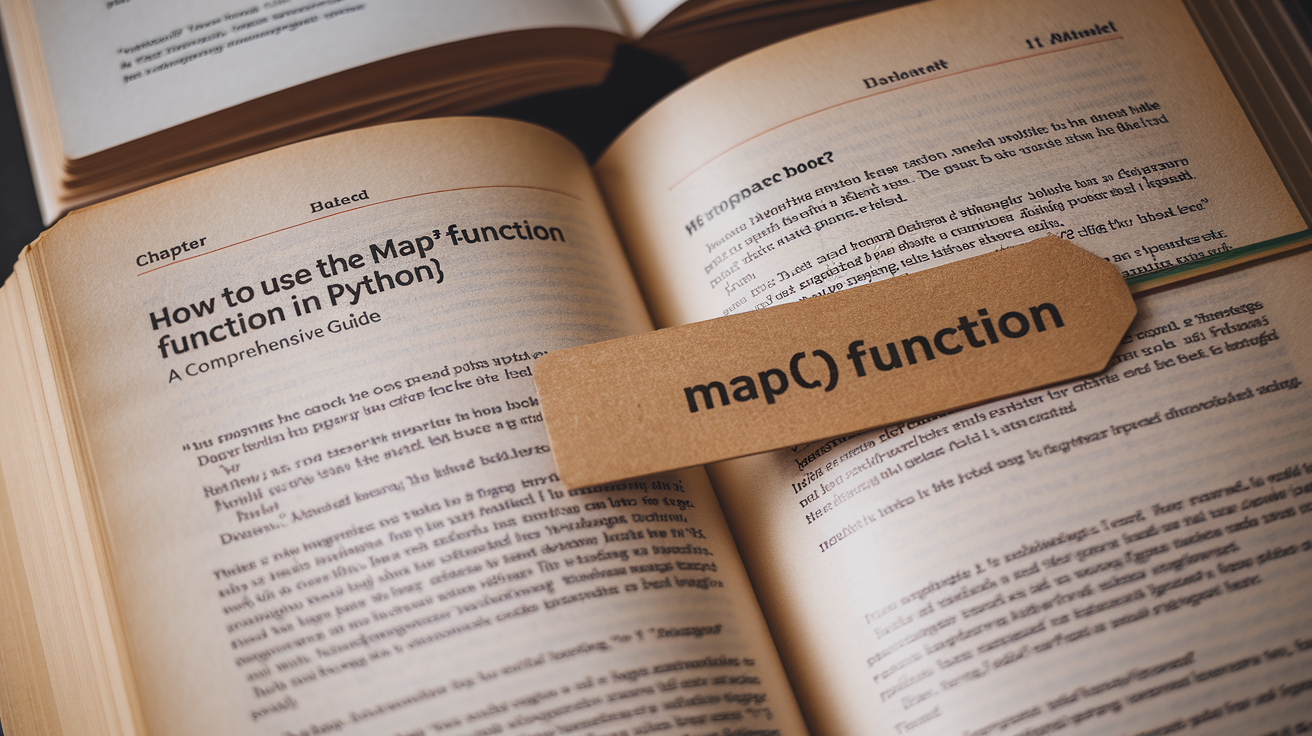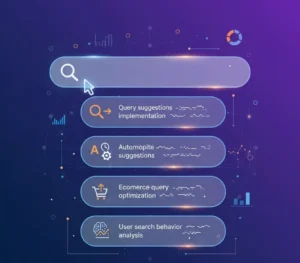Introduction
🔍 If you’re working with Python, mastering built-in functions like map() can drastically improve the efficiency of your code. Whether you’re dealing with lists, tuples, or any other iterable, the map() function can help you apply a specific function to each item in your iterable efficiently. In this blog, we will delve into how to use the map() function in Python with practical examples, code snippets, and real-world scenarios.
Let’s get started by understanding what map() does and how you can leverage it to write cleaner and more efficient Python code.
1. What is the map() Function? 🤔
The map() function in Python is a built-in function that allows you to apply a function to every item in an iterable (like a list, tuple, etc.). The result is a map object, which is an iterator that you can convert into a list, set, or other iterables.
Syntax of map():
pythonmap(function, iterables)
function: The function to apply to each item in the iterable.
iterables: One or more iterables that will be passed to the function.
2. Why Should You Use map()? 🚀
The map() function is a powerful tool for functional programming in Python. Here’s why you should consider using it:
Efficiency: map() can make your code more efficient by eliminating the need for loops.
Readability: It can make your code cleaner and easier to read, especially when performing the same operation on all items in an iterable.
Functional Programming: map() supports a functional programming approach, which is often more elegant and concise.
3. Using map() with Single Iterables 📝
Let’s start with a basic example where we apply the map() function to a single iterable.
Scenario: Suppose you have a list of numbers, and you want to calculate the square of each number.
Example 1: Calculating Squares
pythondef square(n): return n ** 2 numbers = [10, 20, 30, 40] result = map(square, numbers) print(list(result))
Output:
python[100, 400, 900, 1600]
Explanation:
Here, square() is a function that takes a number n and returns its square.
map(square, numbers) applies the square() function to each item in the numbers list, returning an iterator.
We then convert this iterator to a list using list() to view the results.
How to use the map() function in Python for a single iterable is straightforward and can simplify your code compared to using a loop.
4. Using map() with Multiple Iterables 📚
You can also use map() with multiple iterables, which is useful when you want to apply a function that takes multiple arguments.
Scenario: Imagine you have two lists of numbers, and you want to add corresponding elements from each list.
Example 2: Adding Corresponding Elements
pythondef addition(n1, n2): return n1 + n2 numbers1 = [10, 20, 30, 40] numbers2 = [50, 60, 70, 80] result = map(addition, numbers1, numbers2) print(list(result))
Output:
python[60, 80, 100, 120]
Explanation:
The addition() function takes two numbers, n1 and n2, and returns their sum.
map(addition, numbers1, numbers2) applies addition() to pairs of items from numbers1 and numbers2, producing a new list of sums.
This example shows how to use the map() function in Python with multiple iterables to handle more complex operations.
5. Practical Scenarios for Using map() 🌟
The map() function shines in various practical scenarios where applying the same operation across multiple items is needed. Let’s explore a few:
Scenario 1: Converting Temperature Units 🌡️
Problem: You have a list of temperatures in Celsius and you want to convert them to Fahrenheit.
pythondef celsius_to_fahrenheit(celsius): return (celsius * 9/5) + 32 celsius_temps = [0, 20, 30, 40] fahrenheit_temps = map(celsius_to_fahrenheit, celsius_temps) print(list(fahrenheit_temps))
Output:
python[32.0, 68.0, 86.0, 104.0]
Why it’s useful: This example shows how you can apply a conversion function across all items in a list, making the process efficient and clean.
Scenario 2: Extracting Specific Data from a List of Dictionaries 📄
Problem: You have a list of dictionaries containing user data, and you want to extract all the email addresses.
pythonusers = [ {“name”: “Alice”, “email”: “alice@example.com”}, {“name”: “Bob”, “email”: “bob@example.com”}, {“name”: “Charlie”, “email”: “charlie@example.com”} ] emails = map(lambda user: user[“email”], users) print(list(emails))
Output:
python[‘alice@example.com’, ‘bob@example.com’, ‘charlie@example.com’]
Why it’s useful: The map() function simplifies the process of extracting a specific field from a complex data structure.
Scenario 3: Cleaning Up Data 🧹
Problem: You have a list of strings with extra spaces, and you want to clean them up by trimming the whitespace.
pythondef clean_string(s): return s.strip() strings = [” hello “, ” world “, ” python “] cleaned_strings = map(clean_string, strings) print(list(cleaned_strings))
Output:
python[‘hello’, ‘world’, ‘python’]
Why it’s useful: This example demonstrates how map() can be used for data cleaning tasks, applying a simple function like strip() across multiple items.
6. Combining map() with Other Functions 🔗
The power of map() increases when you combine it with other Python functions such as filter(), reduce(), or custom functions.
Scenario: Suppose you have a list of numbers and you want to square them, then filter out the even results.
pythonfrom functools import reduce def is_odd(n): return n % 2 != 0 numbers = [1, 2, 3, 4, 5] squared_numbers = map(lambda x: x ** 2, numbers) odd_squared_numbers = filter(is_odd, squared_numbers) print(list(odd_squared_numbers))
Output:
python[1, 9, 25]
Why it’s useful: This example showcases how combining map() with filter() allows you to perform multiple transformations in a clean and readable manner.
7. Tips and Best Practices for Using map() 🛠️
Here are some tips to ensure you’re using map() effectively:
Use List Comprehensions for Simple Transformations: While map() is powerful, list comprehensions can sometimes be more readable for simple transformations.
Remember to Convert the Result: Since map() returns an iterator, always remember to convert it to a list, set, or other iterable if you need to use the results immediately.
Avoid Side Effects in the Mapped Function: The function you pass to map() should ideally be pure, meaning it should not have side effects like modifying global variables.
Conclusion: How to Use the map() Function in Python: A Comprehensive Guide
The map() function is an essential tool for any Python developer who wants to write efficient, clean, and maintainable code. How to use the map() function in Python becomes clear through practical examples and real-world scenarios like the ones we’ve explored in this guide.
Whether you’re transforming data, cleaning up lists, or combining it with other functions, map() helps you do it all with elegance. Start incorporating map() into your Python projects today and experience the difference it can make in your coding workflow.
Happy coding!


















